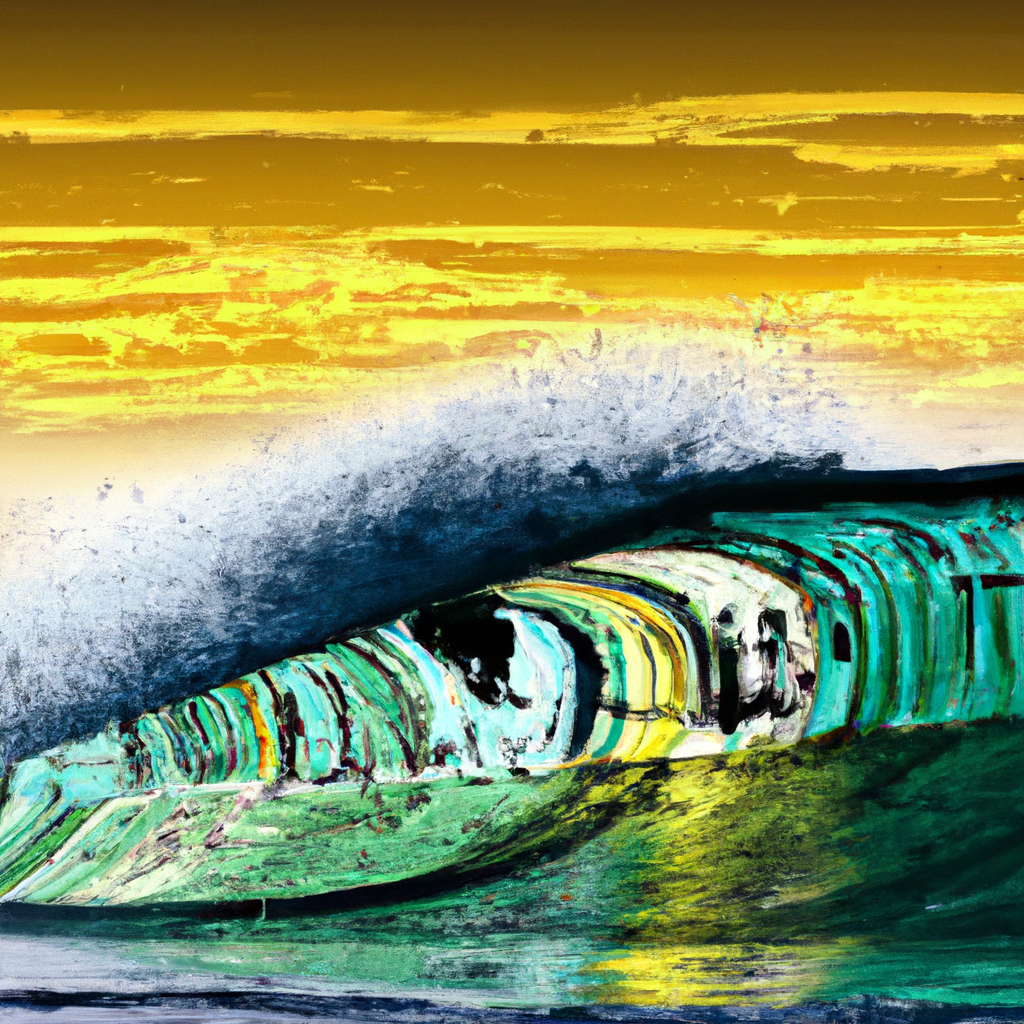Capturing Waves and Emotions: An In-Depth Approach to Water Sports Photography and Video

Photography and video in nautical sports are a discipline that combines the passion for sport and the beauty of moving water. It is an art that requires skill, patience and a good eye to capture the perfect moment. However, taking photos and recording videos in water sports can be challenging due to the changing and often unpredictable water and weather conditions. This article dives into the fascinating world of water sports photography and video, offering a detailed analysis of action capture techniques, the essential equipment required, common challenges and their solutions, and how to improve your skills in this field. exciting field. Whether you are a curious beginner or a seasoned professional, this article will provide you with valuable knowledge and tips to improve your work in water sports.
- 1. "Capturing the action: Photography and video techniques in water sports"
- 2. "Essential equipment for water sports photography and video"
- 3. "Challenges and solutions in nautical sports photography and video"
- 4. "How to improve your photography and video skills in water sports"
1. "Capturing the action: Photography and video techniques in water sports"
Capturing the action in water sports requires specialized photography and video techniques. Given changing water and light conditions, it is essential to have waterproof equipment and flexible camera settings to accommodate these variations. A commonly used technique is burst or continuous photography so as not to miss any moment of the action. In terms of video, the use of drones has revolutionized the field, allowing spectacular aerial images to be captured and offering a unique perspective on water sports. Additionally, slow motion is a valuable technique to emphasize the athlete's movements and skills. Finally, mastering lighting, especially in high contrast conditions, such as in water sports, is crucial to obtain clear and defined images.
2. "Essential equipment for water sports photography and video"
Water sports photography and video requires specialized equipment to ensure the best quality and safety. Firstly, a waterproof camera is essential, whether it's a DSLR with an underwater housing or an action camera like the GoPro, which has excellent image quality and is easy to handle in high-speed situations. A waterproof tripod is also useful for camera stabilization during moving shots. Lenses with a wide aperture are ideal for capturing images in low-light conditions common underwater. Additionally, color correction filters can help compensate for loss of colors as you go deeper. Last but not least, good lighting is crucial, especially for underwater photography, so a dive light can be a great addition to your equipment.
3. "Challenges and solutions in nautical sports photography and video"
Photography and video in water sports faces unique challenges compared to other sports genres. Weather conditions, constant movement of water, changing lighting and the need for waterproof equipment are just some of the challenges photographers and videographers encounter. However, with the right technology and techniques, these obstacles can be overcome. Purchasing waterproof and corrosion-resistant equipment, such as underwater housings for waterproof cameras and drones, is essential. Additionally, using techniques such as burst photography and slow-motion videography can help capture movement and detail, while understanding lighting and the ability to adapt to its variability can make all the difference in the quality of your images. captured. Mastering these tools and techniques can allow visual artists to capture the beauty and intensity of water sports in impressive and captivating ways.
4. "How to improve your photography and video skills in water sports"
Improving your water sports photography and video skills requires practice, patience and technical knowledge. First of all, it is essential to familiarize yourself with your equipment. Knowing your camera settings, such as shutter speed, ISO, and aperture, will allow you to adapt to changing light conditions on the water. It's also helpful to practice capturing moving images to hone your focusing and framing skills. Additionally, studying the sport you are photographing can be a huge help. Understanding the dynamics of sailing, surfing, kayaking, or whatever water sport you are capturing, will allow you to anticipate the action and be ready to capture the perfect moment. Finally, don't forget to experiment with different angles and perspectives to give your images a unique and exciting dimension.
